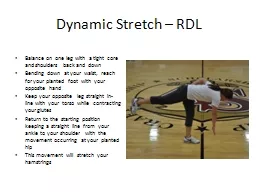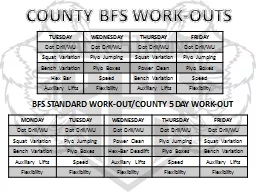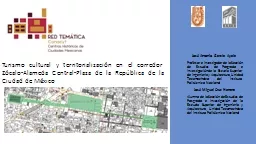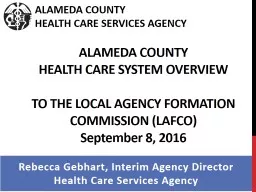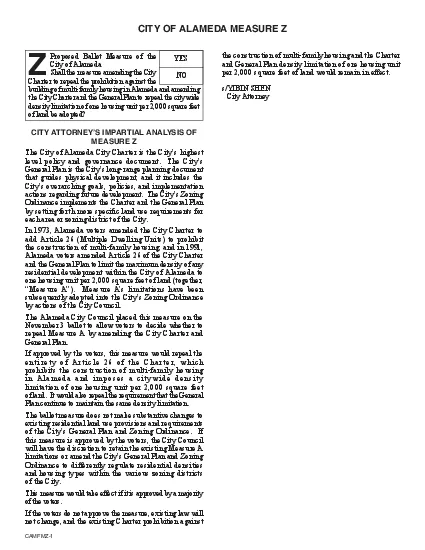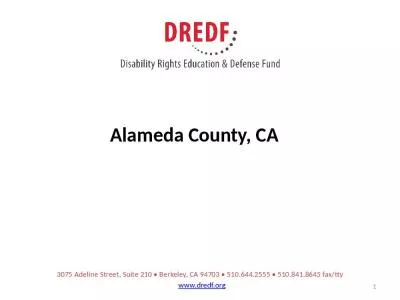PPT-Alameda County Home Stretch
Author : mitsue-stanley | Published Date : 2018-12-24
Health Care Services Agency Email Homestretchacgovorg Phone 5108918938 Fax 8556585466 Mail PO Box 29172 Oakland CA 94612 Website httpeveryonehomeorgourworkhomestretch
Presentation Embed Code
Download Presentation
Download Presentation The PPT/PDF document "Alameda County Home Stretch" is the property of its rightful owner. Permission is granted to download and print the materials on this website for personal, non-commercial use only, and to display it on your personal computer provided you do not modify the materials and that you retain all copyright notices contained in the materials. By downloading content from our website, you accept the terms of this agreement.
Alameda County Home Stretch: Transcript
Download Rules Of Document
"Alameda County Home Stretch"The content belongs to its owner. You may download and print it for personal use, without modification, and keep all copyright notices. By downloading, you agree to these terms.
Related Documents


